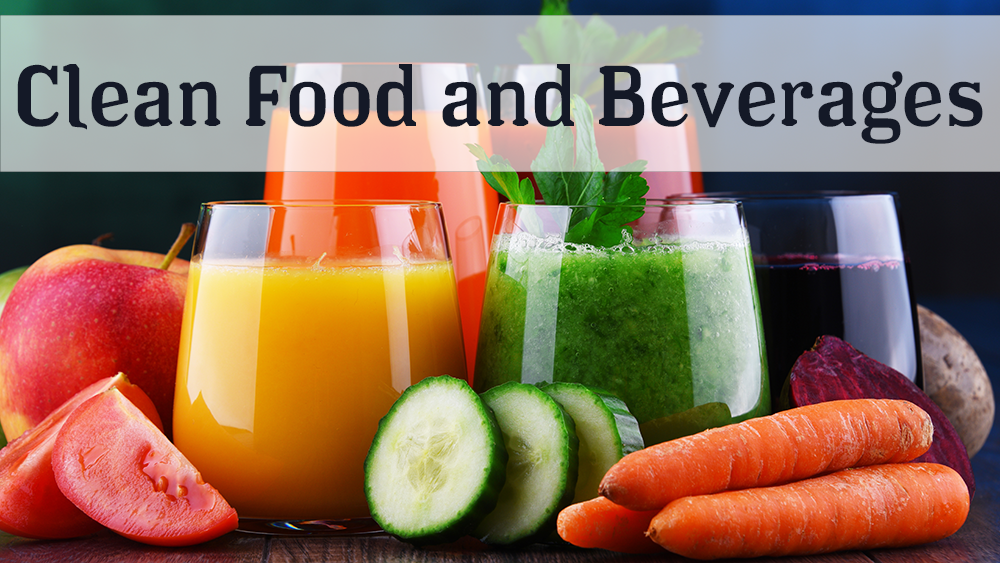Storing Clean Food and Beverages in your pantry for survival requires careful planning to ensure you have a variety of nutritious and long-lasting items. Below are essential tips and considerations to help you store supplies effectively:
1. Choose Shelf-Stable Foods
Focus on non-perishable foods that can last for months or even years. These include:
- Canned Goods: Vegetables, beans, meats, fruits, and soups are ideal. Make sure to rotate these regularly to avoid expiration.
- Dry Staples: Rice, pasta, oats, lentils, and quinoa are great options because they last a long time and provide high nutritional value.
- Dehydrated & Freeze-Dried Foods: These are lightweight and have a long shelf life. Consider freeze-dried fruits, vegetables, and emergency meal packs.
- Grains & Flours: Whole grains like barley and wheat berries, along with flours, can last for years if stored properly.
2. Store Proteins
- Canned Proteins: Stock up on tuna, chicken, beef, and salmon. They are an essential source of protein that lasts long.
- Dried Meats: Beef jerky or other dried meats are high-protein options that can be stored for extended periods.
- Nut Butters: Peanut butter, almond butter, and other nut-based spreads offer a great source of protein and healthy fats.
3. Include Ready-to-Eat Items
Some emergencies might not allow for cooking, so keep a variety of ready-to-eat meals like energy bars, canned beans, and pre-packaged meals that can be eaten cold.
4. Water Storage
- Bottled Water: It’s essential to store at least one gallon of water per person per day, with a recommended minimum of three days’ supply, but ideally, you should aim for at least two weeks.
- Water Filtration Systems: Having water filtration devices like portable filters or purification tablets can extend your access to safe drinking water from natural sources.

5. Keep Beverages
- Juices: Long-shelf-life fruit juices can provide a source of vitamins.
- Electrolyte Drinks: These help replenish essential salts and are good to have for maintaining hydration, especially in emergency situations.
6. Use Airtight Storage
To extend the shelf life of dry goods, store them in airtight containers or mylar bags with oxygen absorbers. Vacuum-sealing is also an effective method to keep items fresh.
7. Protect Against Pests
Keep your pantry clean and dry, and store food in rodent-proof and insect-proof containers. Consider using diatomaceous earth around the pantry to deter insects.
8. Store Cooking Essentials
- Cooking Oils: Oils like olive or coconut oil last longer and can be used for cooking or energy-rich fats.
- Salt, Sugar, and Spices: These are essential for preserving foods and adding flavor.
- Honey: A natural sweetener that never spoils and can also be used medicinally.
9. Temperature Control
Keep your pantry at a stable temperature, ideally between 50°F and 70°F, to prolong the shelf life of stored items. Avoid areas prone to high humidity, which can cause spoilage.
10. Expiration Management
Rotate your stock by using the “first in, first out” (FIFO) method. This ensures that the oldest items are used first, and new items are stored at the back. Regularly check expiration dates and replenish your stock as necessary.
11. Store for Special Needs
If you or someone in your household has dietary restrictions, make sure to store alternative foods (gluten-free, dairy-free, etc.). Also, keep baby food and formula if needed.
12. Energy Efficiency Tools
Consider including non-electric kitchen tools like manual can openers, solar-powered cookers, and portable stoves, especially if power outages are a concern.
By following these guidelines, you can create a well-stocked pantry that ensures you have the essentials for both short-term and long-term emergencies. Proper planning and storage techniques will help keep your food and beverages safe, accessible, and nutritious in survival situations.


